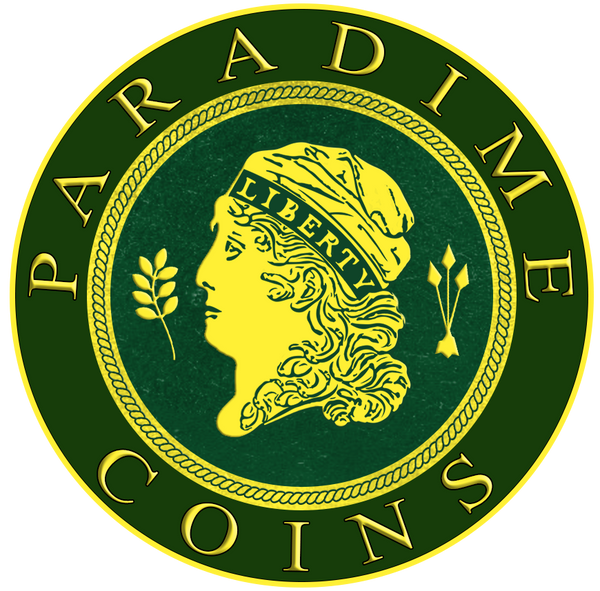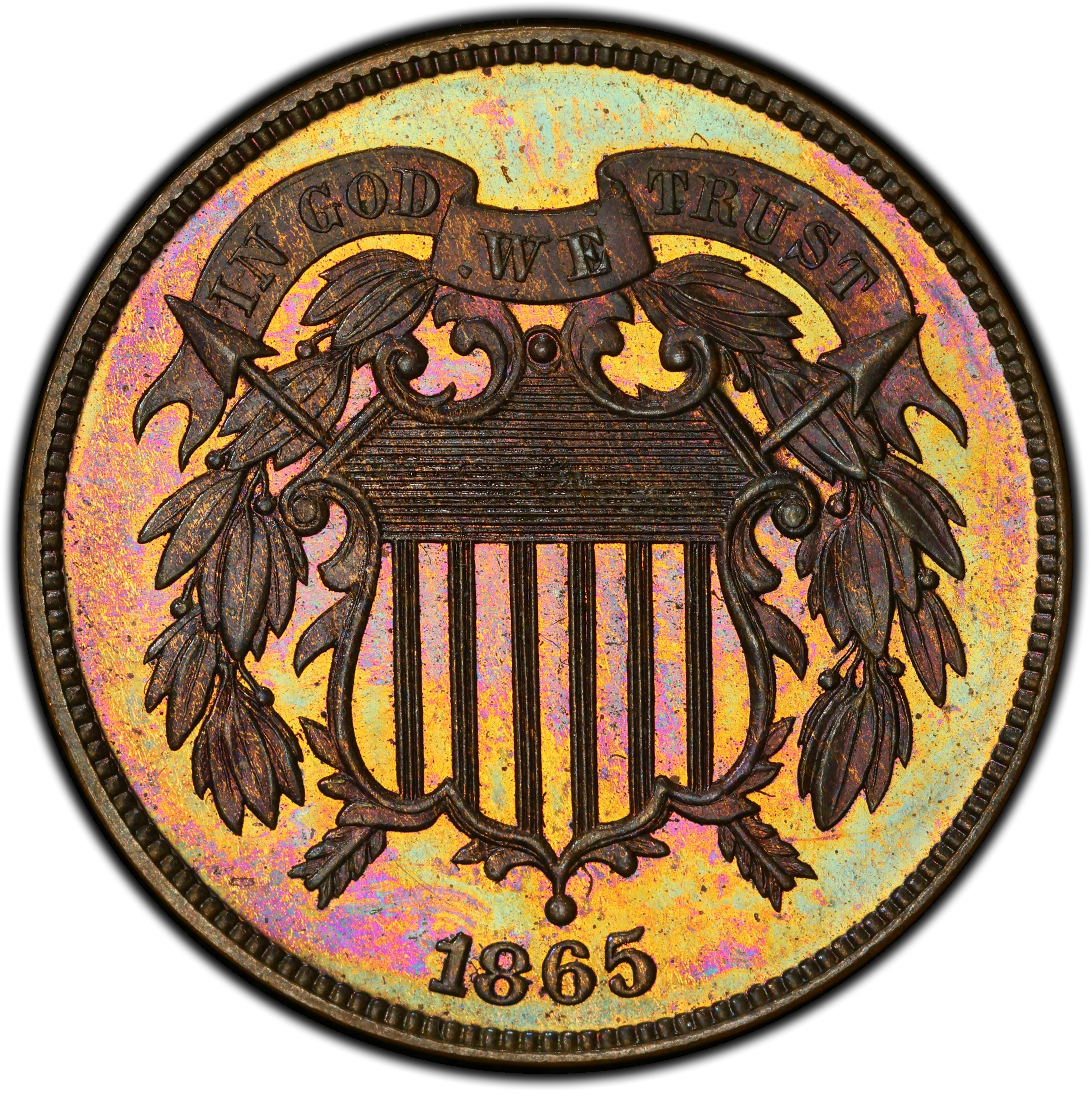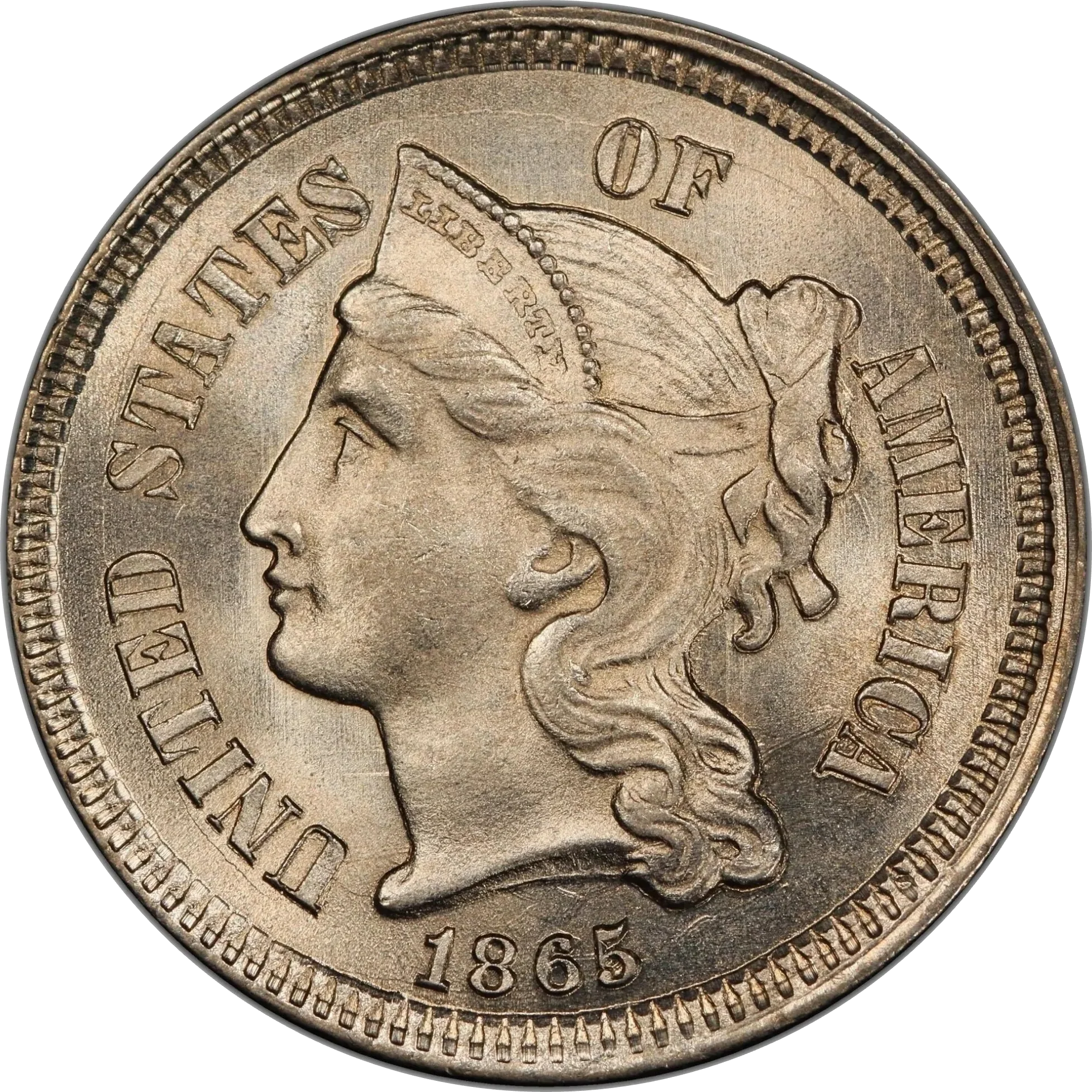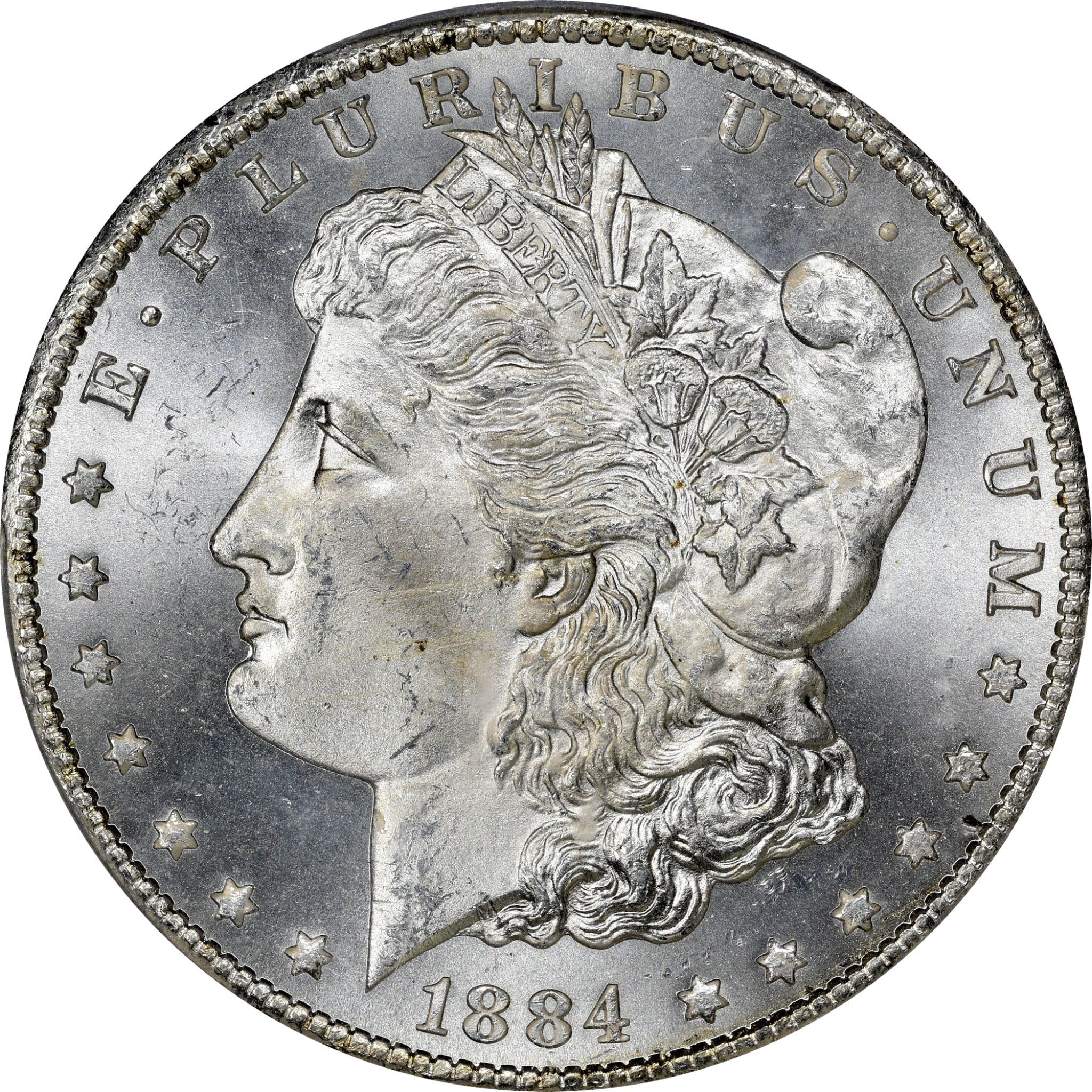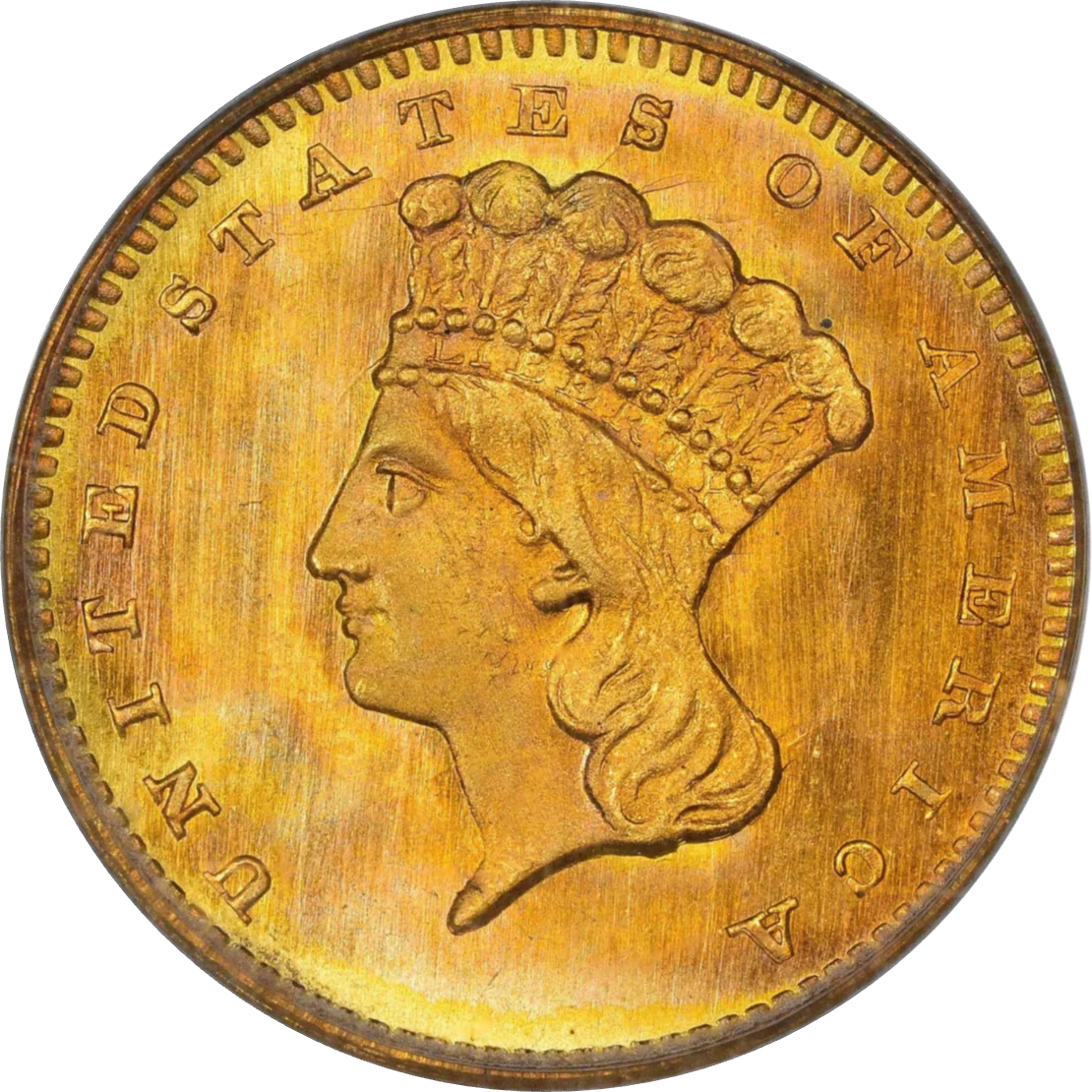Collection: Type 3, Stars on Obverse (1840-1859)
No products found
View All Inventory
Designed by: Christian Gobrecht
Issue Dates: 1838-1853, 1856-1859
Composition: 90% silver, 10% copper
Diameter: 15.5 mm
Weight: 1.33 grams (20.62 grains, 1838 to 1853), 1.24 grams (19.2 grains, 1856 to 1859)
Edge: Reeded
Business Strike Mintage: 42,705,774
Proof Mintage: Fewer than 1,500 pieces
In 1838, the Liberty Seated half ... Read More
Designed by: Christian Gobrecht
Issue Dates: 1838-1853, 1856-1859
Composition: 90% silver, 10% copper
Diameter: 15.5 mm
Weight: 1.33 grams (20.62 grains, 1838 to 1853), 1.24 grams (19.2 grains, 1856 to 1859)
Edge: Reeded
Business Strike Mintage: 42,705,774
Proof Mintage: Fewer than 1,500 pieces
In 1838, the Liberty Seated half dime underwent its first major design revision with the addition of 13 stars encircling the obverse, replacing the starless format seen on the 1837 Philadelphia and 1838-O issues. The updated design—still attributed to Christian Gobrecht—maintained the central figure of Liberty seated on a rock, holding a liberty cap on a pole and resting her hand on a shield inscribed LIBERTY. The reverse continued to display the denomination HALF DIMEwithin a laurel wreath, encircled by UNITED STATES OF AMERICA.
This With Stars type was produced from 1838 through 1859, including issues from both the Philadelphia and New Orleans Mints. New Orleans coins are distinguished by their “O” mintmark, and Uncirculated examples from this branch are particularly elusive. Notable rarities from this era include the 1846 Philadelphia issue, the 1849-O, and the 1853-O without arrows, all of which are challenging in any grade and exceedingly rare in Mint State.
Early issues from 1838 through 1839 were struck without drapery at Liberty’s elbow. In 1840, drapery was added to enhance the flowing appearance of Liberty’s gown—a feature that became standard across all denominations featuring the Liberty Seated design. On the half dime, the drapery is particularly prominent.
In 1853, arrowheads were added to either side of the date to denote a reduction in silver content—a significant subtype that continued through 1855. Arrows were removed in 1856, and the original design resumed through 1859. During this span, several varieties emerged, including the 1858 inverted date overdate (a dramatic blunder showing both correct and inverted numerals) and the 1859 issue with hollow-centered stars, a distinctive feature of that year.
Two fascinating transitional patterns were struck in 1859 and 1860, omitting the legend UNITED STATES OF AMERICA on the reverse. The 1859 variety is extremely rare, while the 1860 pattern—struck with frosty Uncirculated surfaces rather than Proof finish—is occasionally encountered in high grade.
For specialists, this era of half dime production offers an exceptional variety of types, mintmarks, design modifications, and rarities—providing ample opportunities for both research and acquisition within one of the most dynamic periods in 19th-century American coinage.
... Read Less